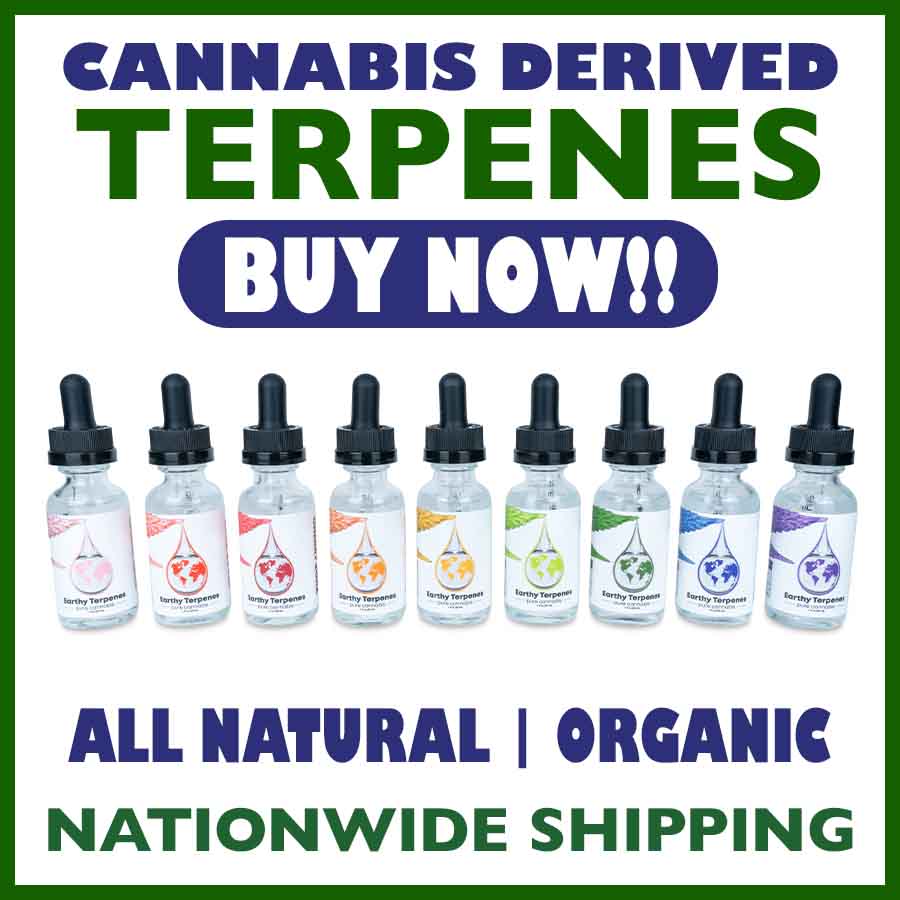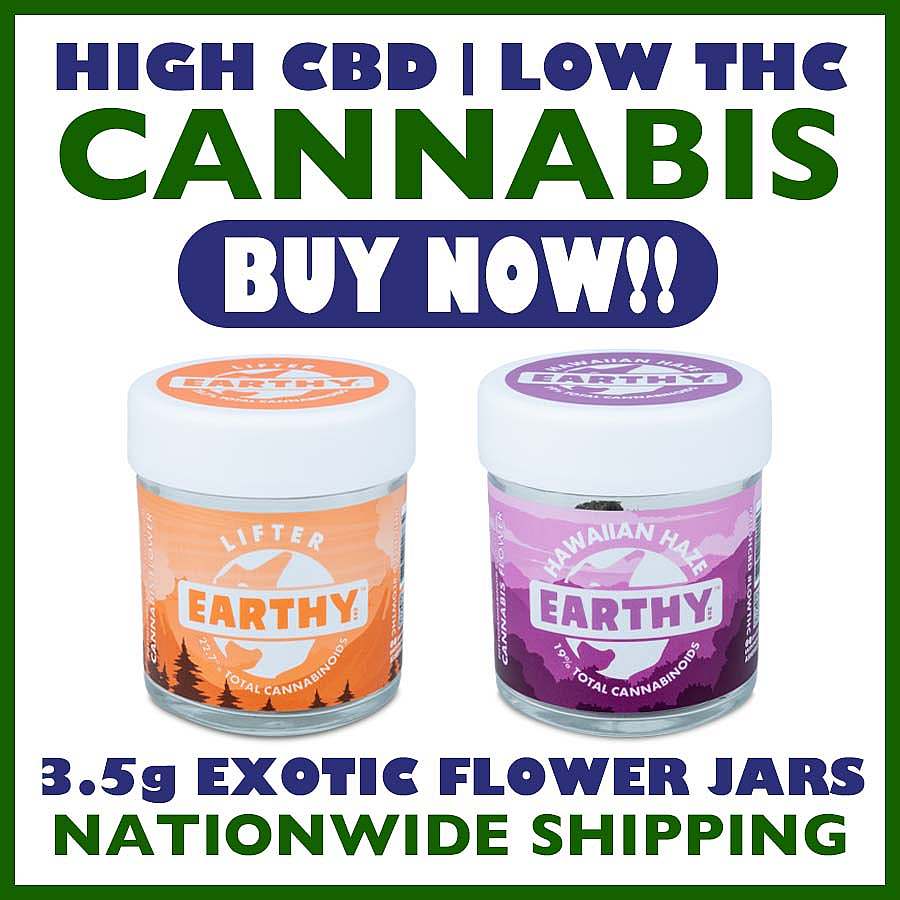Is eucalyptol really better than a breath of fresh air? Keep reading to learn about this unique cannabis-derived terpene.
It’s not only koala bears who enjoy the unique gifts of the eucalyptus tree. Indeed, if you’ve ever taken cough drops to treat inflamed bronchial airways when you’ve had a cold, you’ve likely experienced the cooling taste of the terpene eucalyptol. This aromatic terpene is the main constituent of eucalyptus.
A colorless liquid with a spicy, mint-like smell that soothes the airways, eucalyptol is a popular ingredient in products.
Deriving its name from trees of the eucalyptus species, eucalyptol makes up to 90% of eucalyptus oil and is also found in plants such as:
- Bay leaves
- Tea tree
- Wormwood
- Sagebrush
- Cannabis [2]
What are terpenes?
Terpenes offer benefits to both plants and humans. They affect how a plant smells and tastes by expressing its unique essential oil. In natural environments, terpenes may serve as insecticides by protecting plants and repelling predatory insects with their scent. For this reason, essential oils with terpenes such as beta-pinene and terpinolene are sometimes used in insecticides for humans. Pests like aphids, which can be destructive to cannabis crops, steer clear of strains high in ocimene the same way mosquitos flee from certain varieties of geraniums [3].
On the other hand, some terpenes attract pollinators and help a plant species survive. Moreover, terpenes can affect animal behavior. Honeybee colonies, for example, use the scent of eucalyptol and ocimene to regulate their foraging practices and social organization [4]. A chemical composition including ocimene or eucalyptol can act as bumblebee pheromones and assist in the pollination of angiosperm plant species [5].
What is eucalyptol?
In 1870, French chemist François Stanislas Cloez isolated eucalyptol from Eucalyptus globulus: the first-known eucalyptus species of the time. Because of his ground-breaking discovery, another eucalyptus species, E. cloeziana, was named after him [6].
Eucalyptol is a volatile oil found in a variety of plants. With its robust-smelling essential oil that hints strongly of camphor, eucalyptol is a much-used ingredient in products such as expectorant medicine and cough suppressants. Additionally, it is used as a flavoring agent for food, chewing gum, and cough drops. Commercial essential oils with high concentrations of eucalyptol are used to scent candles, cosmetics, cleaners, organic solvents, and various household products.
Alpha-Phellandrene: Rebel Cousin of Eucalyptol
Top 5 uses for the eucalyptol terpene
Essential oils that contain eucalyptol oil have myriad commercial applications. The top five include:
- Cough and cold medicine
- Essential oil diffusion or vaporization
- Ingredient for cleaning products
- Flavoring agent for foods, chewing gum, and candy
- Scenting agent for topical salves and ointments
Effects of eucalyptol
Its chemical composition ensures that the aroma inherent in eucalyptol enhances the enjoyability in oral expectorants and air fresheners.
Eucalyptol is one of the top 20 terpenes in cannabis. When consumed in full-spectrum cannabis products, eucalyptol may contribute to benefits through the entourage effect; the way in which the plant compounds work synergistically to enhance the effects of the cannabinoids [8].
Though the benefits of eucalyptol are many, large doses of it can be highly toxic. It’s important to follow dosage directions closely for any product containing eucalyptol, eucalyptus oil, or any chemical compound or essential oil containing high terpene concentrations. Too much eucalyptol may lead to stomach pain, nausea, muscle weakness, and dizziness [9].
Cannabis strains high in eucalyptol
The distinct chemistry of eucalyptol offers a soothing, cooling treat to cannabis users who choose strains like Sour Special Sauce, Lifter, and Canna Cake. When strains high in eucalyptol are smoked or vaped, the experience has been likened to smoking or vaping a mentholated product.
What is the entourage effect?
Originally proposed in 1999, the entourage effect describes a mechanism by which the presence of cannabis compounds in a given strain, such as terpenes and flavonoids, act synergistically with cannabinoids to modulate the overall effects of the plant, whether those may be mood-altering or boosting [8].
Sources of eucalyptol
Eucalyptol is the primary constituent of eucalyptus oil. Its presence is also found in:
- Tea tree oil
- Wormwood
- Sagebrush
- Cannabis Sativa [10].
Evoking the pungent smells of a Thanksgiving turkey, eucalyptol is also high in:
- Bay leaf
- Cardamom
- Rosemary
- Sage [10].
Final thoughts on eucalyptol
Have you ever walked through a eucalyptus forest? There is nothing quite like it. The smell of eucalyptol wafts around you, soothing your lungs and airways. There is certainly a chemical explanation for this effect, yet the feeling registers as more poetic than scientific.
Whether you experience your eucalyptol in your cannabis products, food, or cough drops, this terpene’s pleasure-enhancing benefits are unmistakable. Order terpenes here!
Learn more in our blog!
Medical Disclaimer / Legal Disclaimer – Information is provided for educational purposes. It does not, and is not intended to, constitute legal advice or medical advice. We attempt to be accurate and up to date but the legality of cannabinoids and the science of cannabis is evolving. The author is neither a legal professional nor a medical expert. Before buying or using any products, you should check with your local authorities and medical providers.
References
- Chemical Composition of Eucalyptol
- Wikipedia: Eucalyptol
- Leafly: Benefits of Ocimene Terpene
- Larval Benefits of Ocimine Regulates Foraging Bees
- Compounds for Ocimene and Eucalyptol for Use as Bee Pheromones
- Chemistry for Life: Eucalyptol
- Leafwell: Eucalyptol
- Wikipedia: Eucalyptol
- Eucalyptus Oil Poisoning
- Insixght Drugs: Eucalyptol






